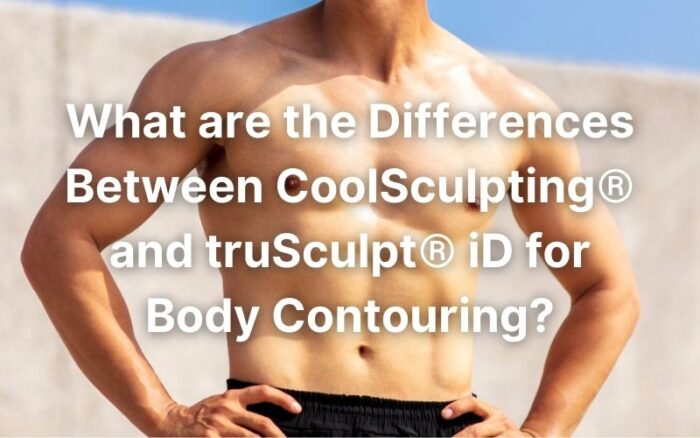If you’re suffering from tired, achy legs, swollen ankles or have “itchy veins”, it’s imperative that that you take your lunch hour and devote the time to getting your varicose veins treated immediately. Why? Because varicose veins are progressive, and if left untreated, may lead to the development of a disease called chronic venous insufficiency (vein disease), which can cause major complications. There’s a reason why medical insurance covers varicose veins!
MENUMENU
- About
- Veins
-
- Aesthetics
-
-
- Facial Treatments
- Carbon Laser Peel
- Dermal Fillers
- Double Chin Reduction
- Eye-juvenation
- Facial Fat Transfer
- Laser Skin Rejuvenation
- MIRAPeel
- Neurotoxins
- Non-Surgical Blepharoplasty
- Opus Plasma Fractional Skin Resurfacing
- Permanent Makeup Removal
- Photorejuvenation
- Renuvion®
- Skin Tightening
- Tixel® Acne Treatment
- Tixel® Skin Resurfacing
- Facial Treatments
-
- Results
- Patient Info
- Contact


